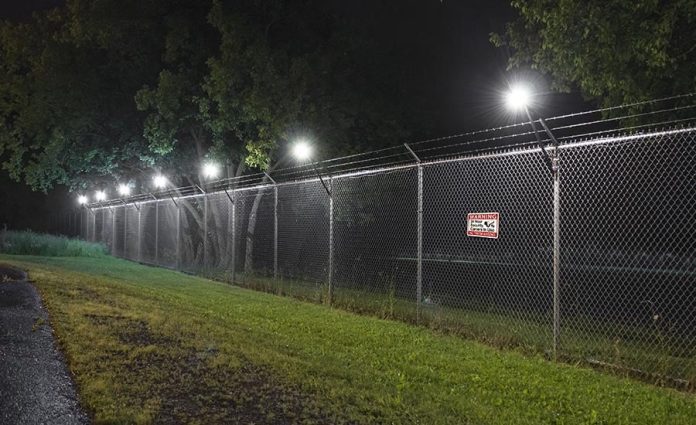What are the basic perimeter protection technologies worth consideration on higher security sites – not video analytics or thermal cameras? How challenging is perimeter protection from the point of view of difficulties these technologies will face?
Perimeter protection is demanding on equipment and technology. External perimeter sensors can’t rely on the inherent protection enjoyed by internal alarm systems, despite the fact they must perform without failure in a hostile environment. You need to select quality solutions that are supported by excellent manufacturers and train your team well.
There are 8 key perimeter detection types, if you discount thermal and video analytics, which we’d be reluctant to do:
* Fluid pressure systems use a fluid pressure sensor and a thin diameter tube that’s buried in a trench in an open area between external perimeter barriers and a facilities assets or installations. An intruder walking above the sensor compresses the soil and fill, puts weight on the tube, and increases the pressure in the tube and sets off an alarm.
* Taut wire systems are installed as part of the physical structure of a fence and located between a wire strand and a support post. A pendulum within their simple sensor housing is fixed in the closed positioned, completing a circuit. When an intruder puts pressure on the sensor or if the wire is cut, the circuit is broken, and an alarm is activated.
* Active infrared beams work by shooting infrared light from a receiver to a transmitter. If the beam is broken an alarm is generated and passed through an alarm output to an input on an alarm panel or access panel. Active IR is a capable point-to-point perimeter option.
* External microwave systems work on the basis of the Doppler effect, which sends out a signal, detects its reflection and alarms if that reflection is altered by intrusion. Microwave sensors (Gunn Diode) are affected by water-filled bodies and changes in reflected signals. It’s possible with microwave to have either single point detection or point to point detection. Range with microwave is excellent and resistance to environmental disturbances like rain, fog and snow are unparalleled.
* Photoelectric beams are point-to-point systems with an alarm output at one end of the system. Breaking the photoelectric beam will cause an alarm to be activated.
* Fibre optic cable sensors are installed on fences and a regular pulse of light is fired though the cable. If the wire is cut or if pressure on the cable breaks the glass or changes the wavelength or removes the expected system signal, then an alarm is activated.
* Capacitive field systems employ an electrical field. They generate a stable electrical field around themselves and go into alarm in the event of intrusion when this field is disrupted. These systems are highly sensitive and are effective in environments in that don’t have snow or ice.
* Electromagnetic cable employs capacitance to detect intrusion and these systems are usually mounted on fences. When these fields are interrupted by intrusion or cutting, they’ll signal an alarm.
When it comes to the challenges faced by perimeter detection technologies, there are a number of threats a perimeter system must be immune to, by virtue of technology, design and installation technique and when you read them you’ll be able to see why we were reluctant to discount video analytics and thermal cameras. The following factors will cause alarm in various perimeter systems:
* Passage of heavy transport
* Wind movement of tree branches
* Soil subsidence
* Microwave interference
* Inadvertent intrusion by kids, visitors or staff
* Fog, smoke, rain, fumes and dustVisit Store
* Extremes of temperature
* Ice and snow
* Wind vibration
* Drying soils
* Ground movement generated by tree root movement
* Weight of rainwater
* EMI and RFI
* Lightning
* Wind-blown leaves
* Long grass, shrubs and bushes.
#sen.news









